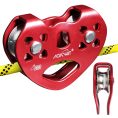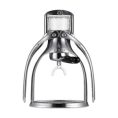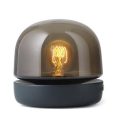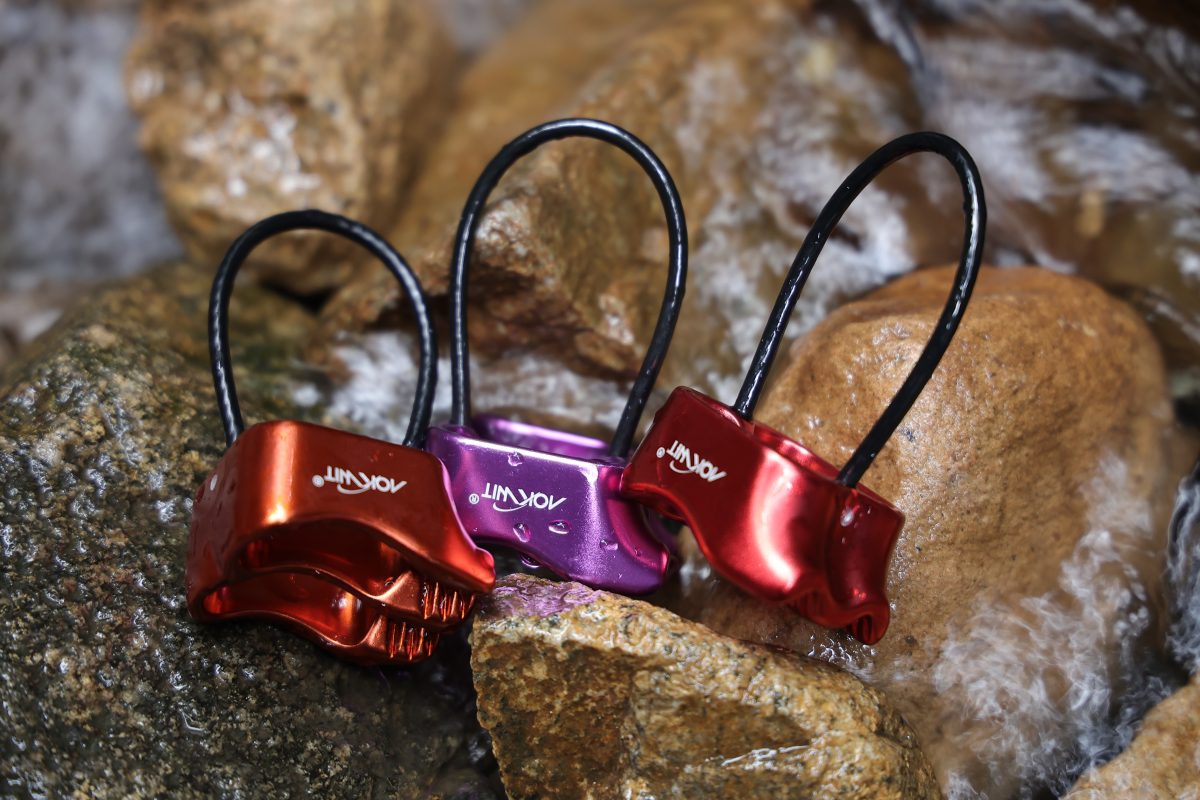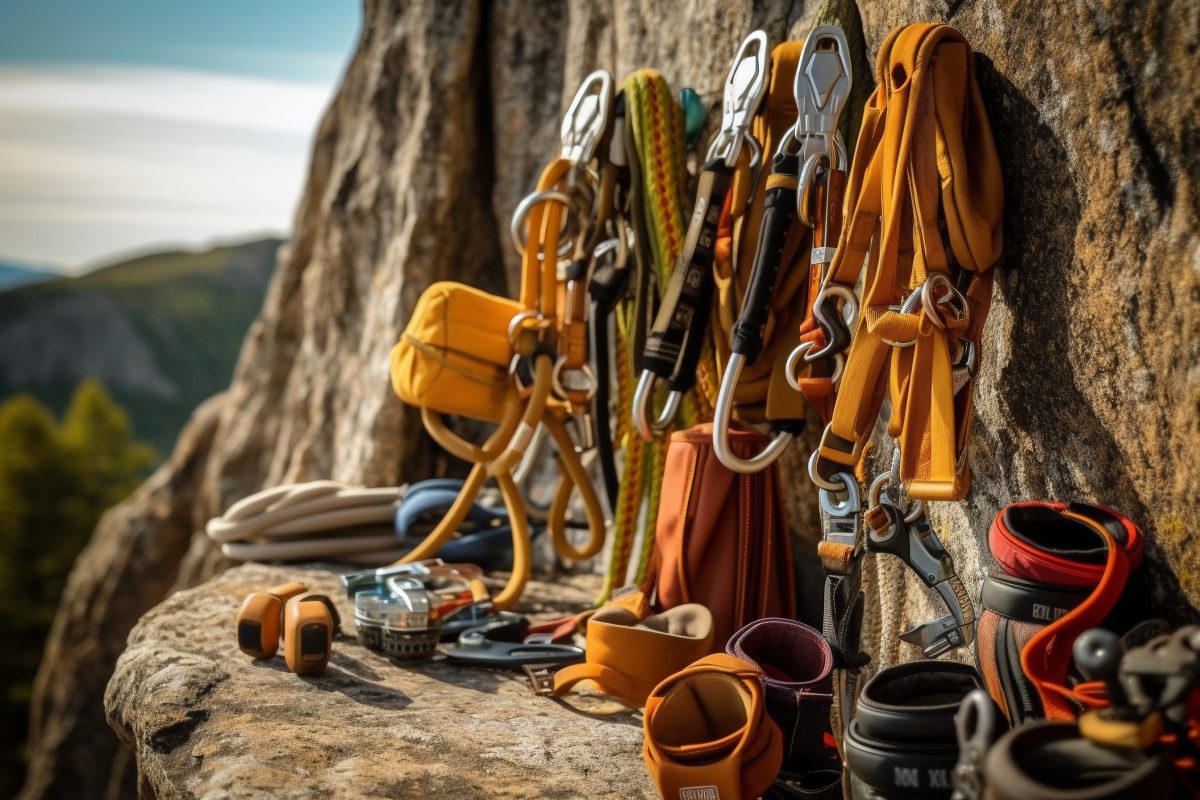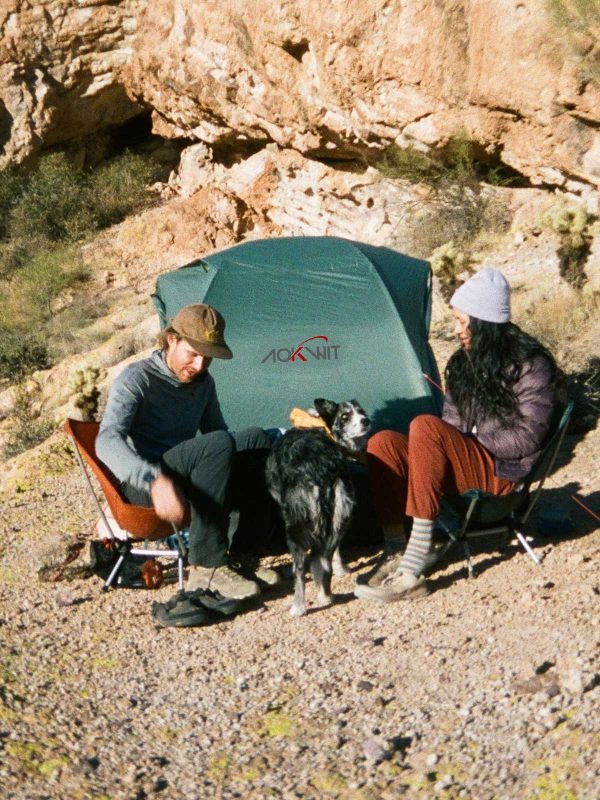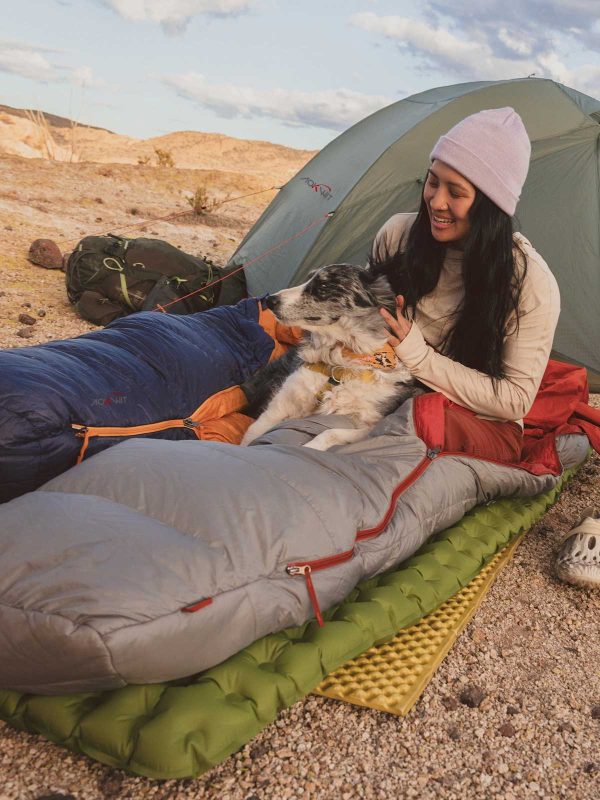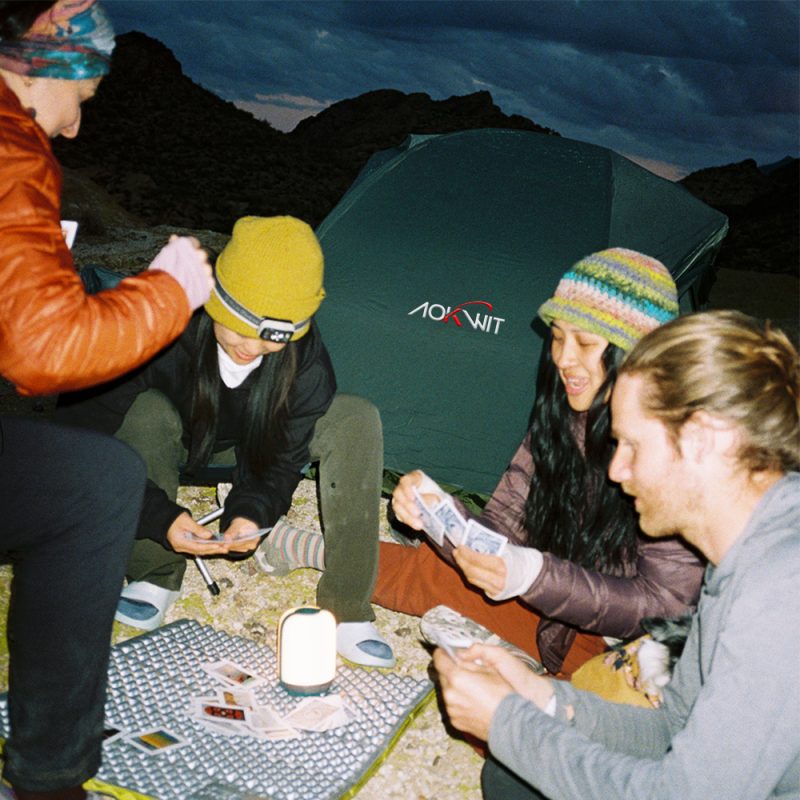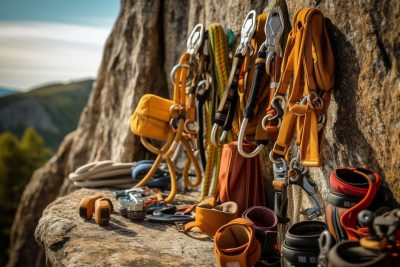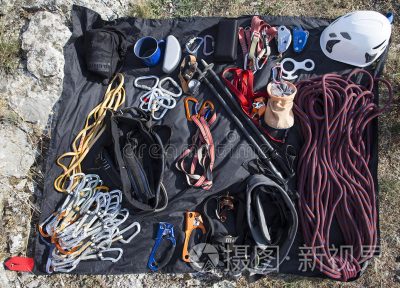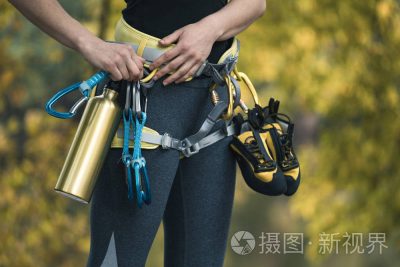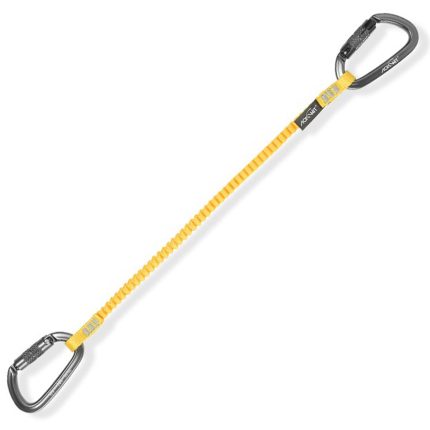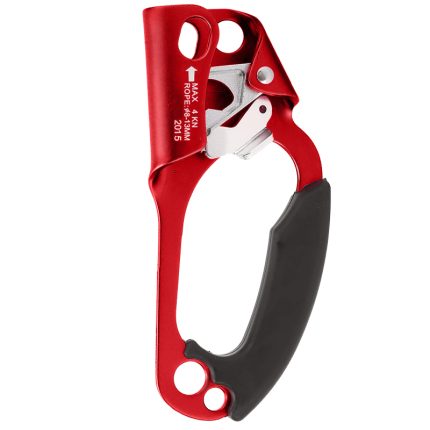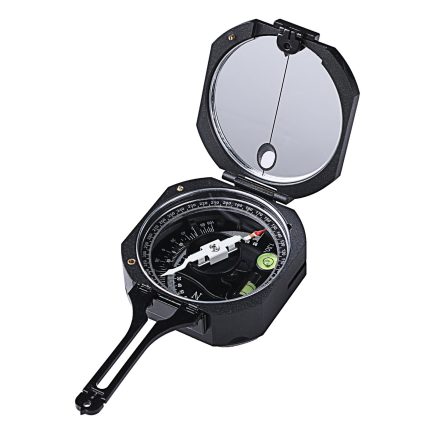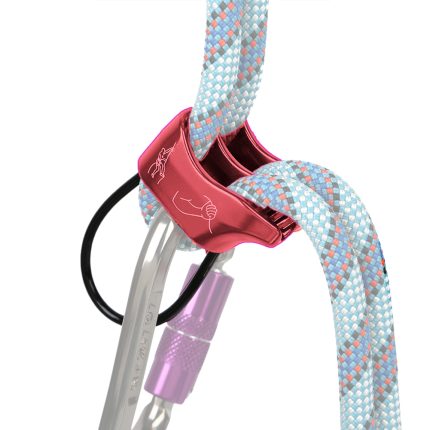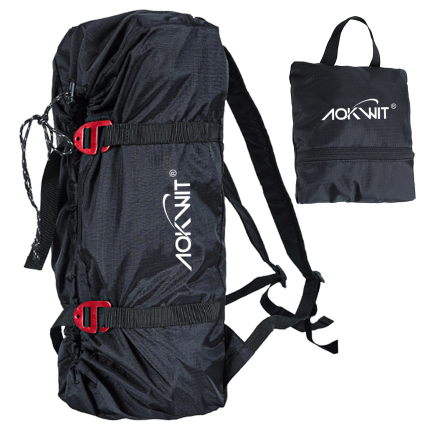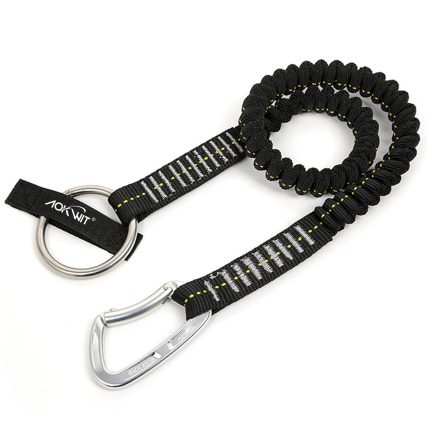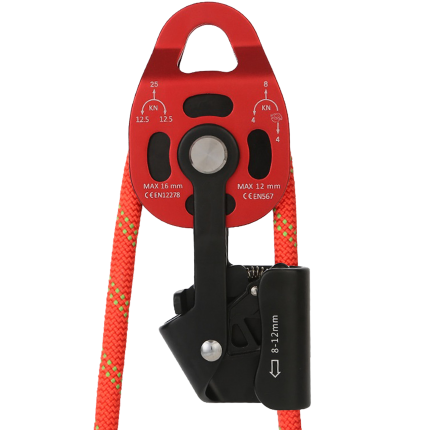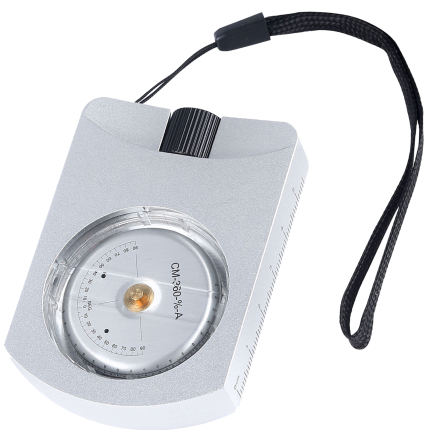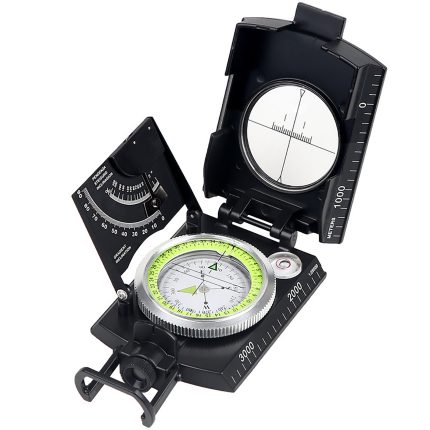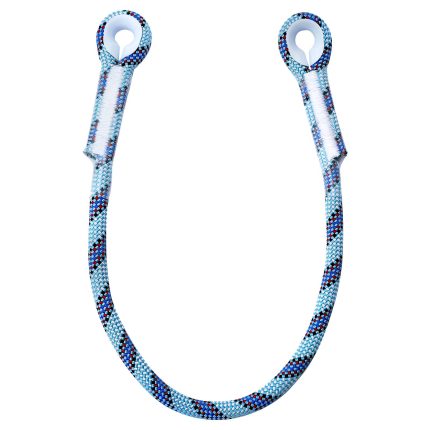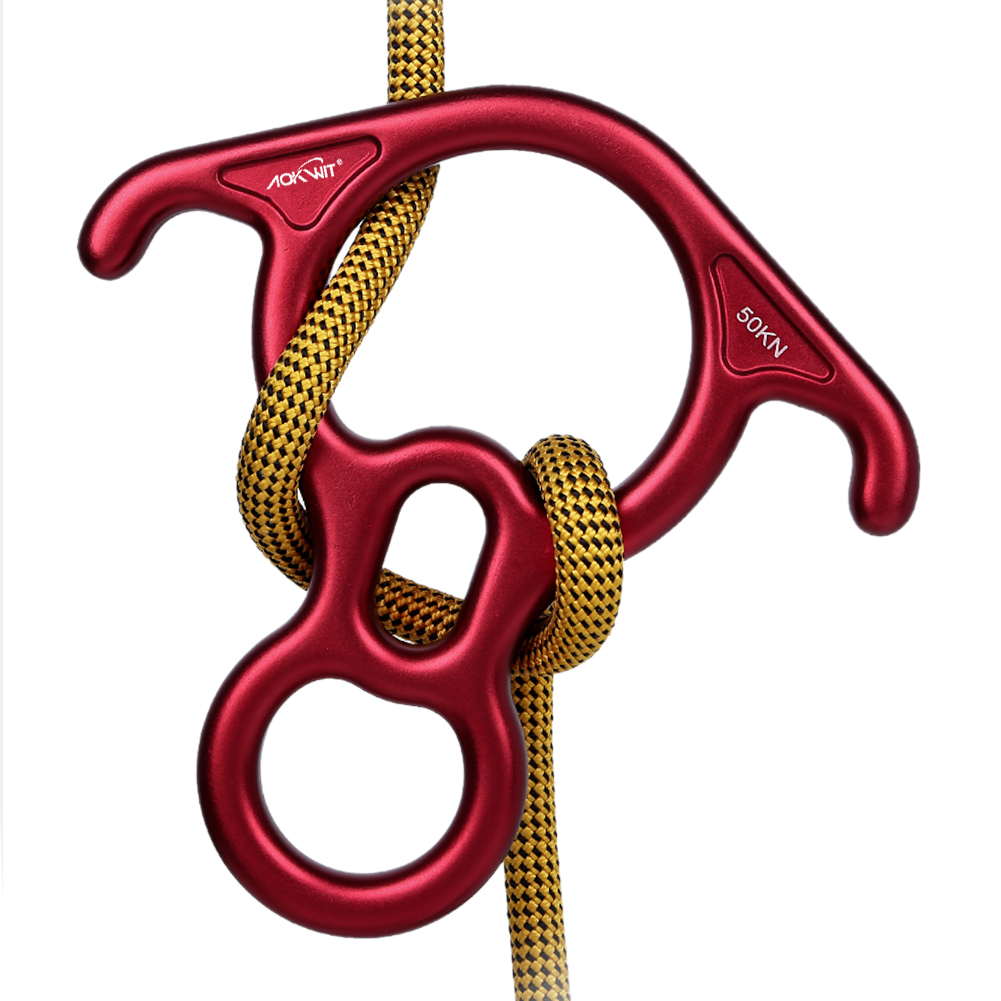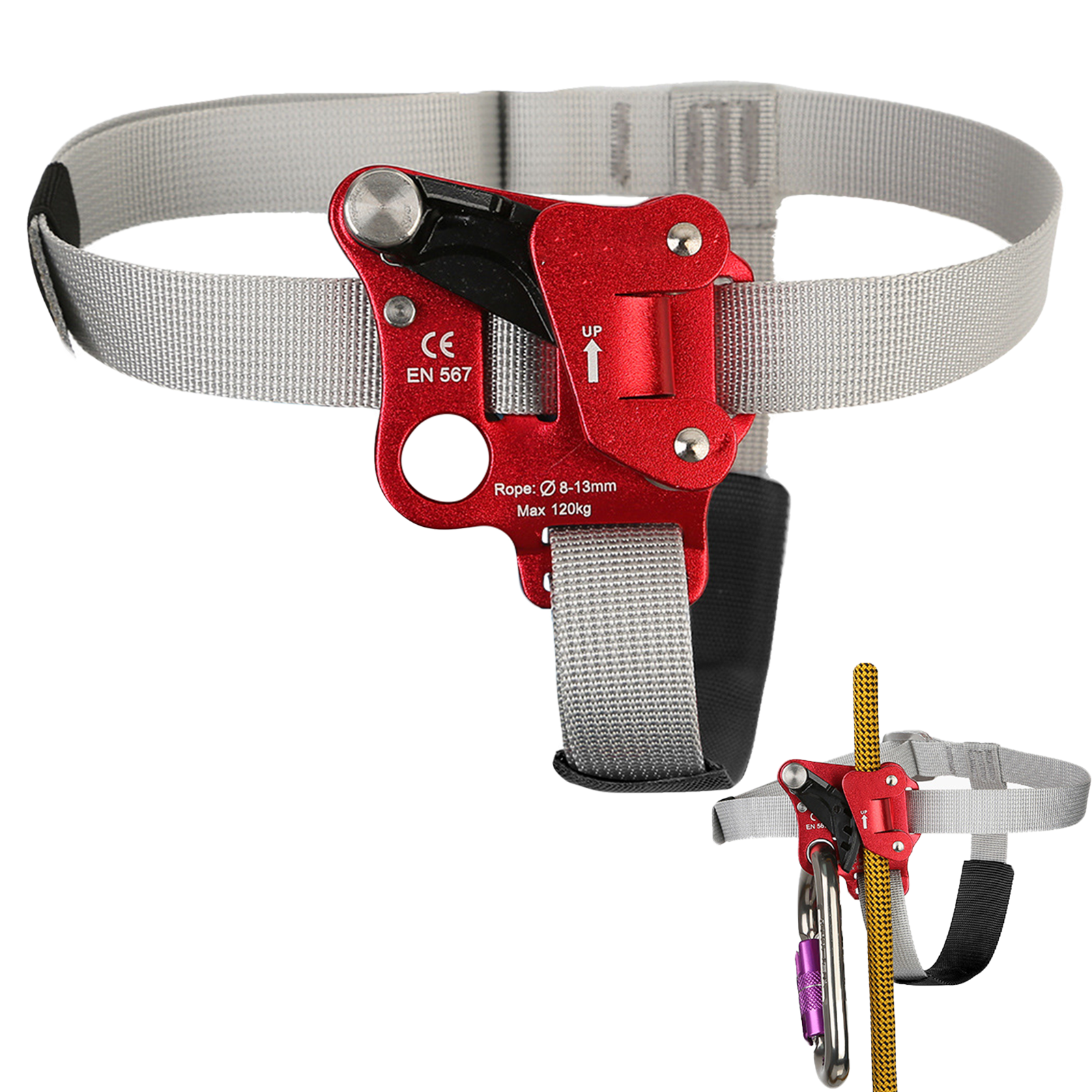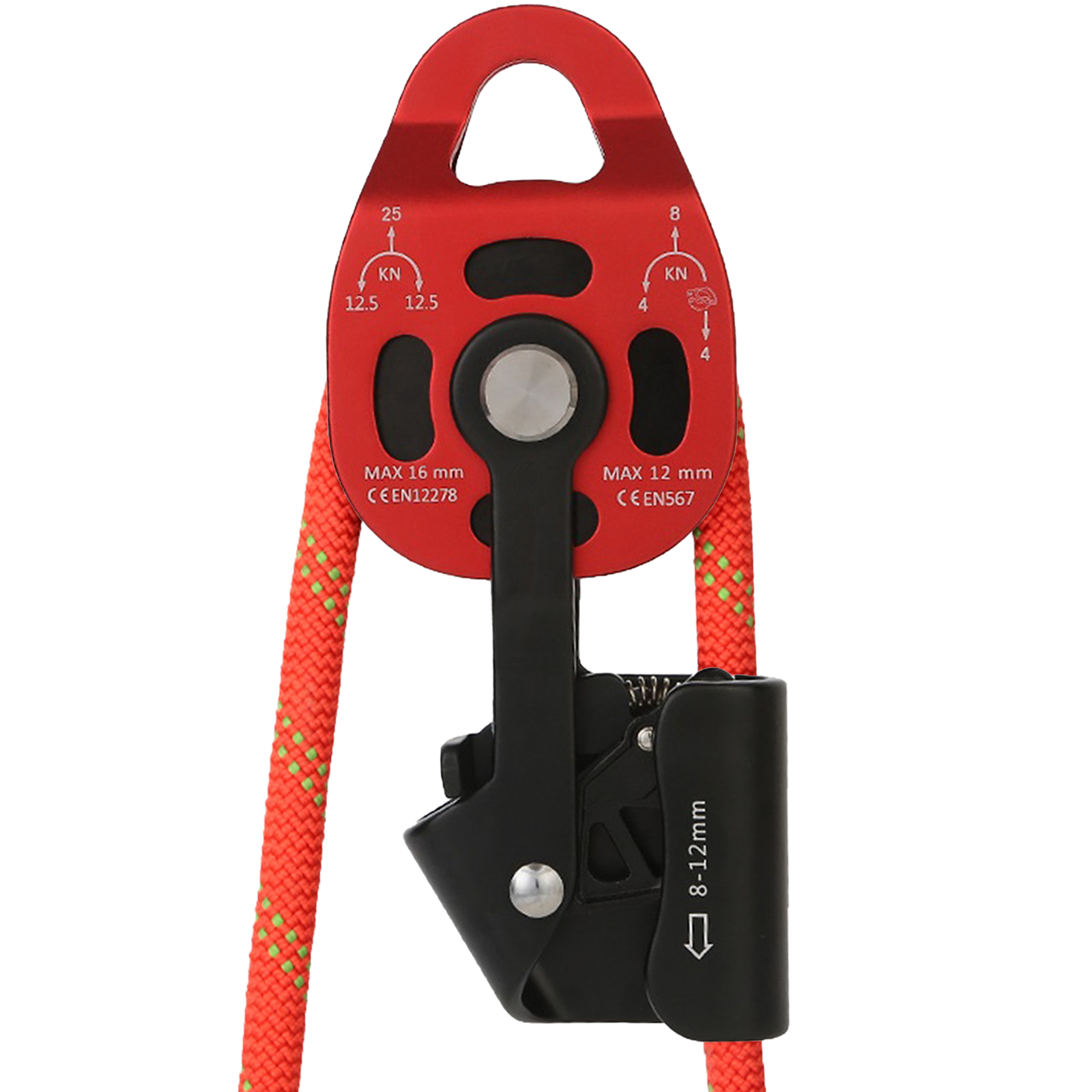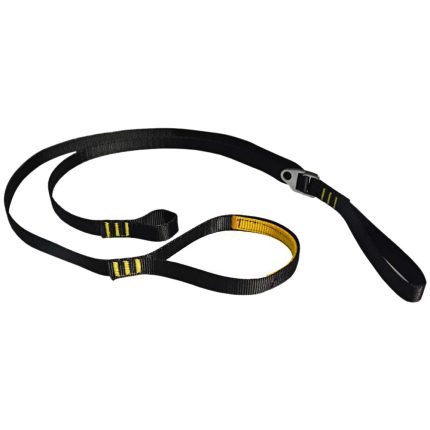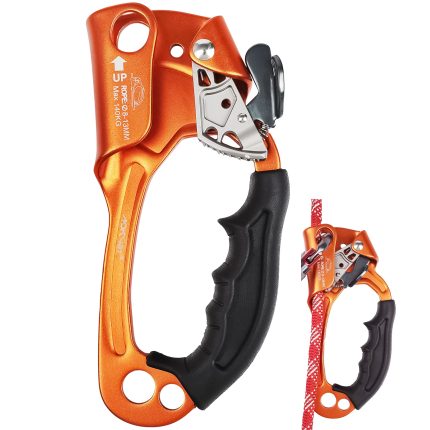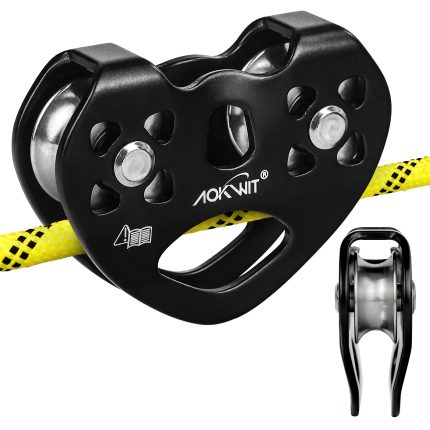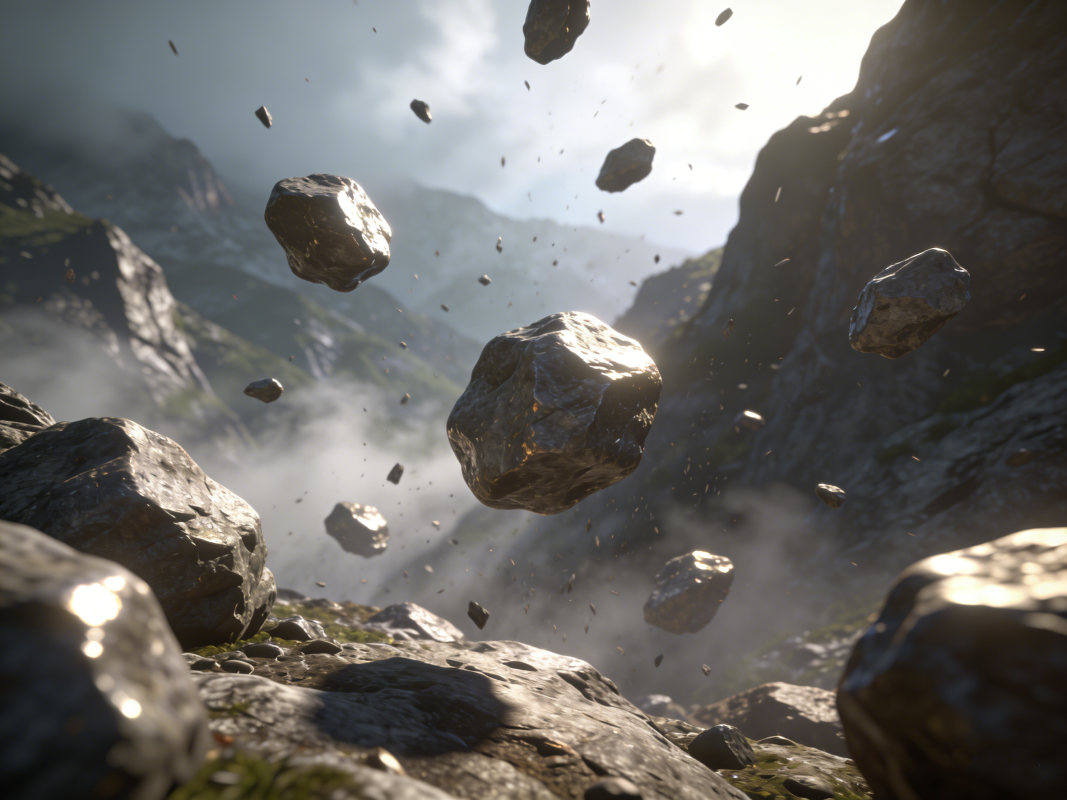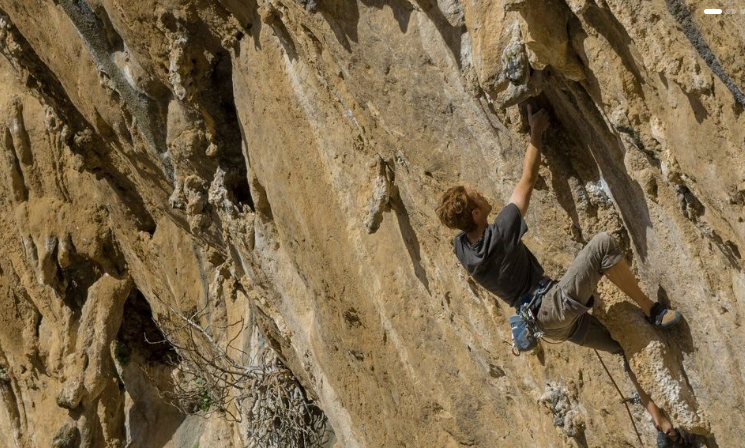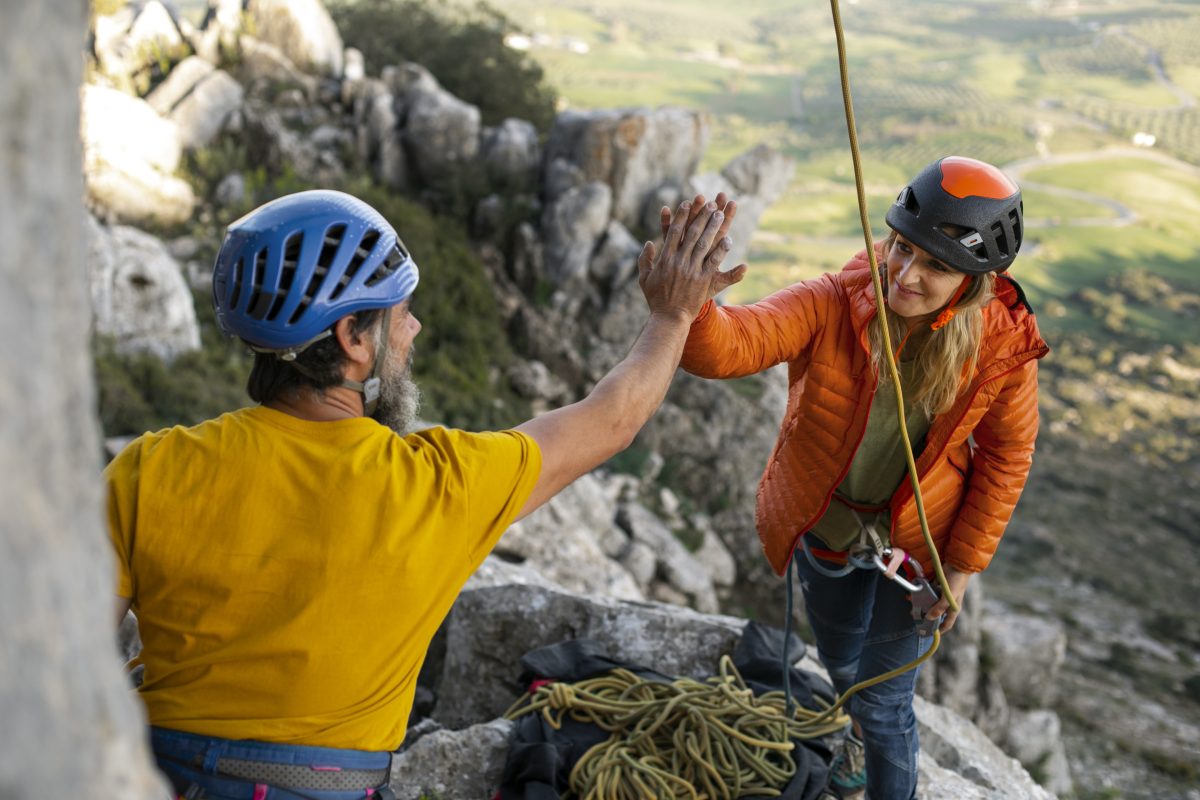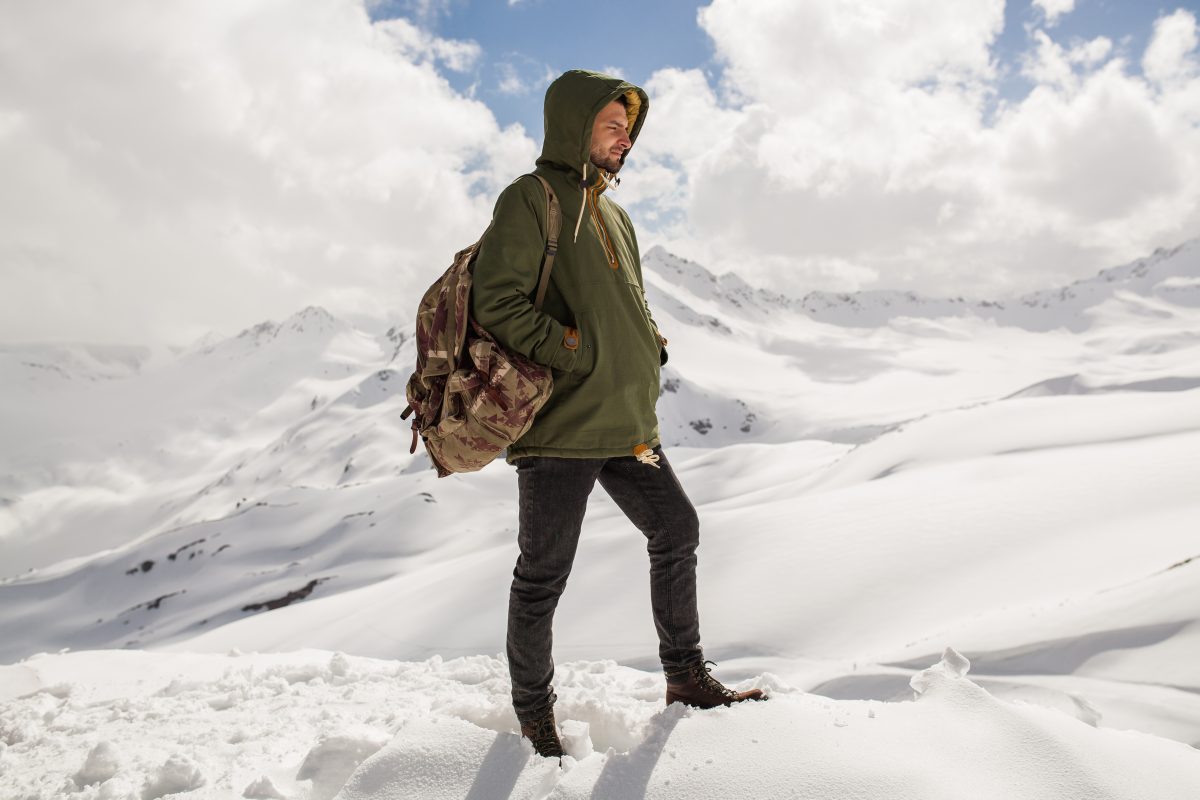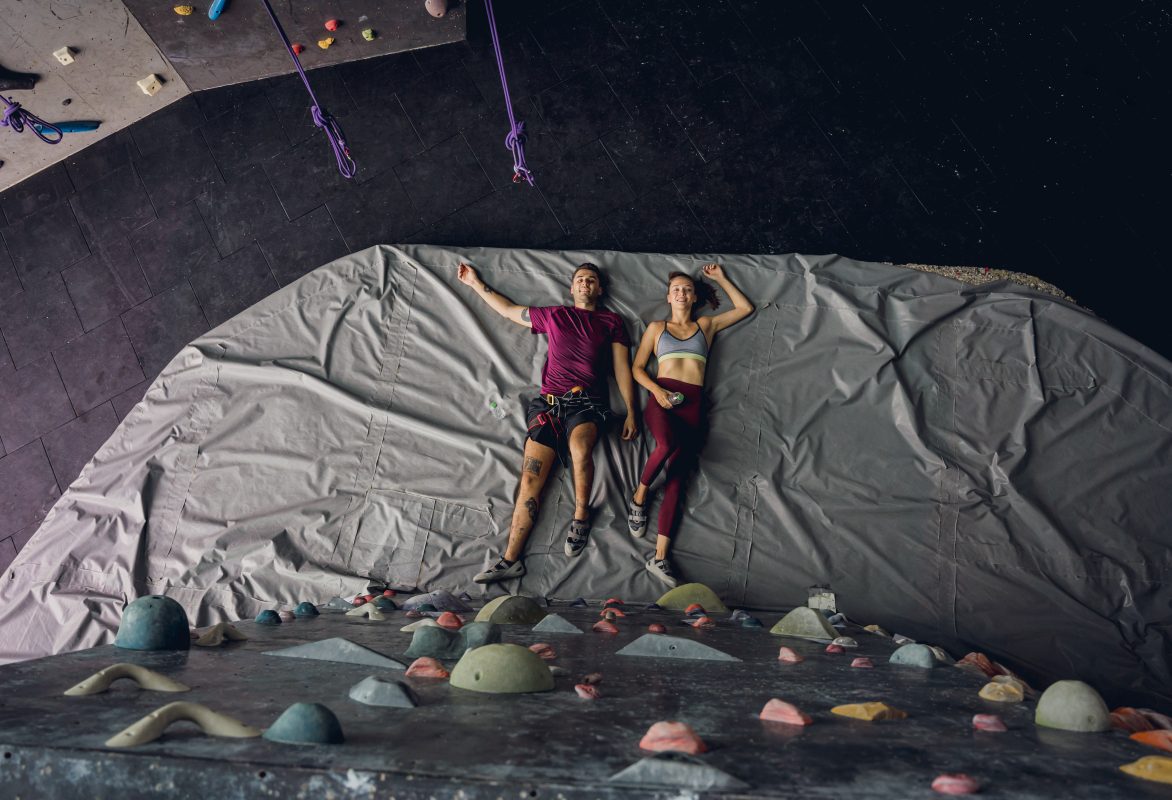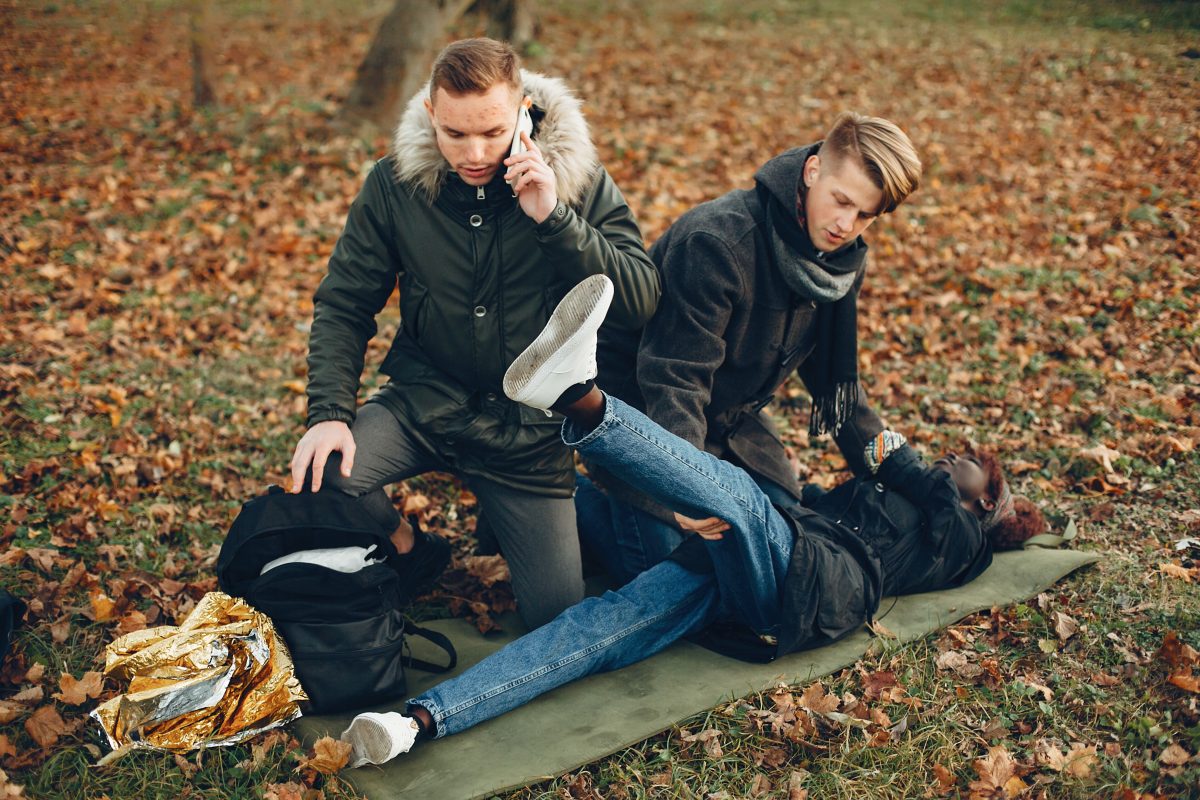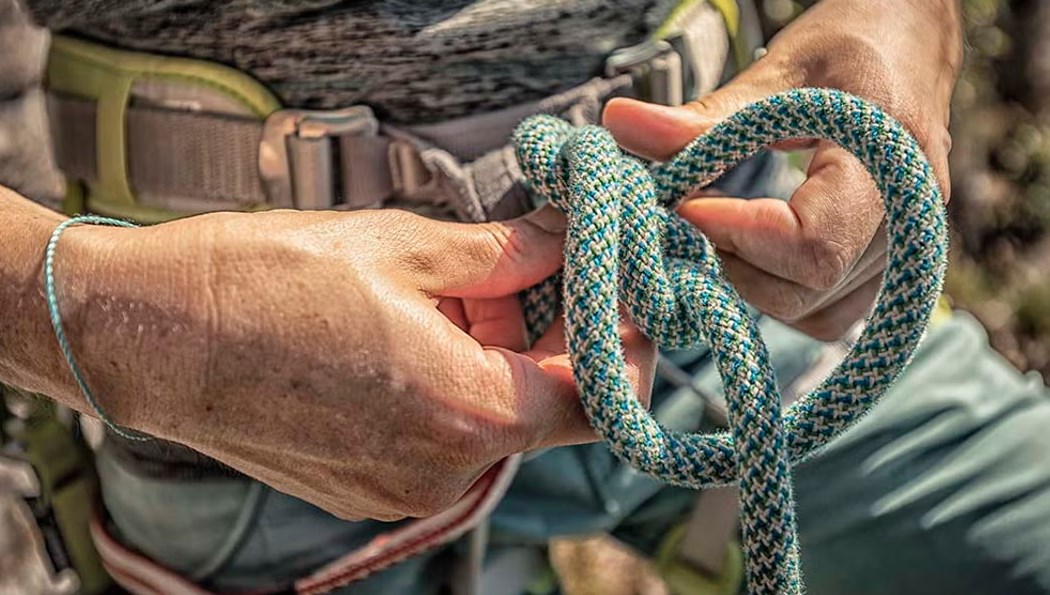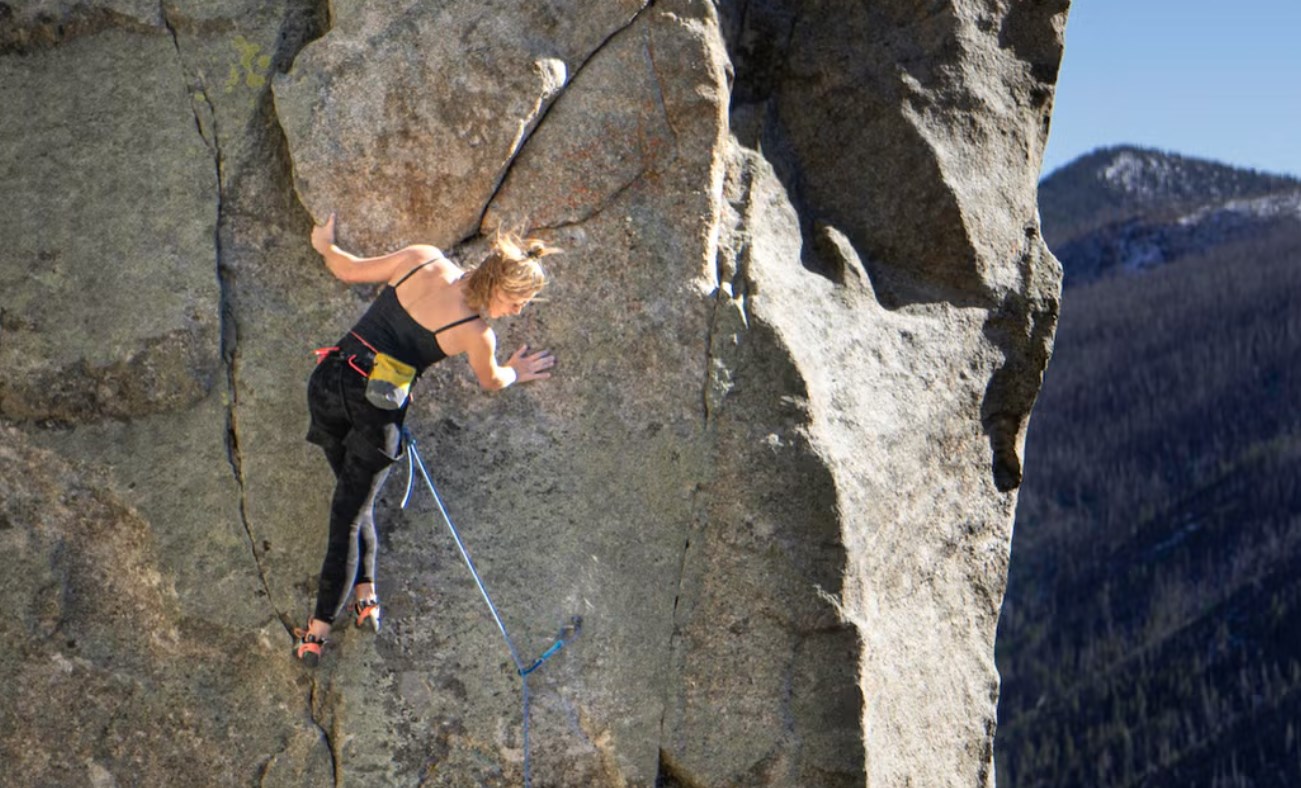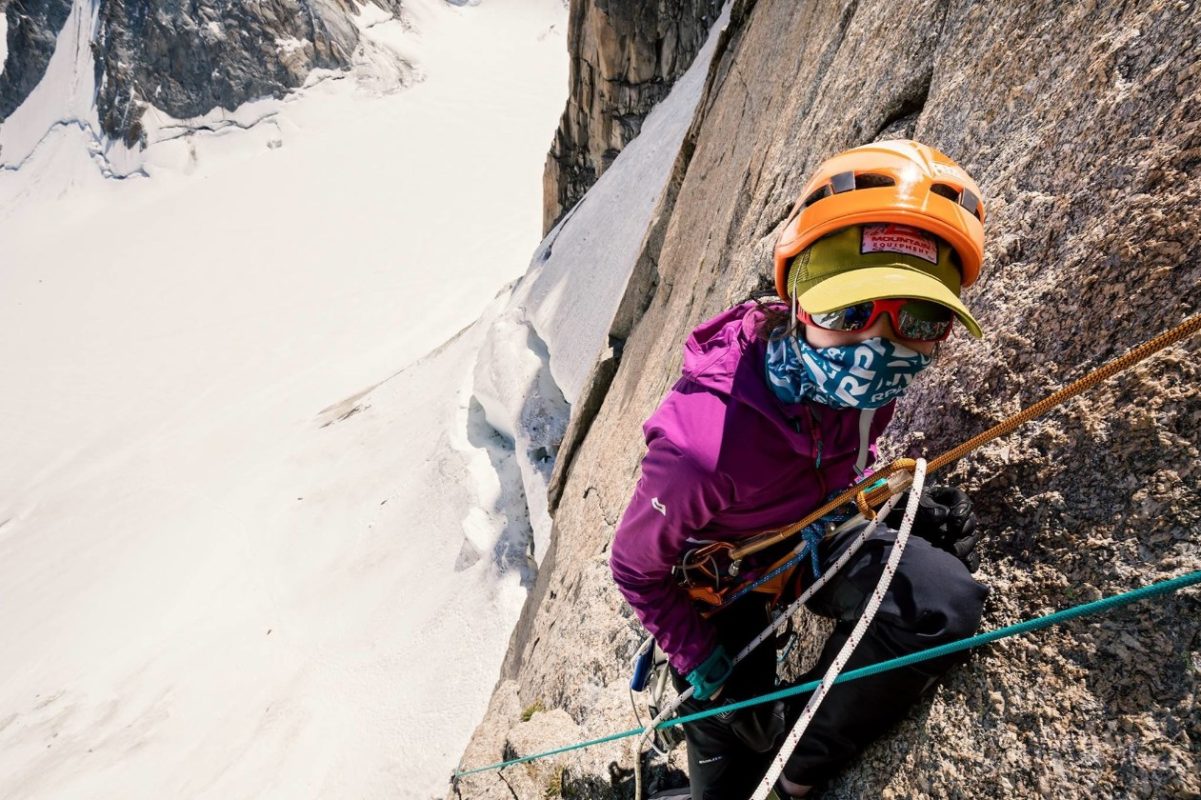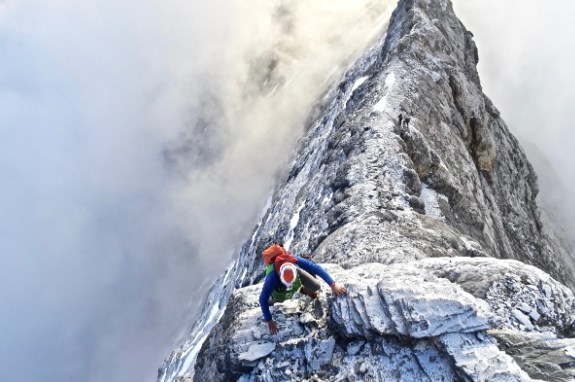Beginner’s Tip – Abseiling Basics
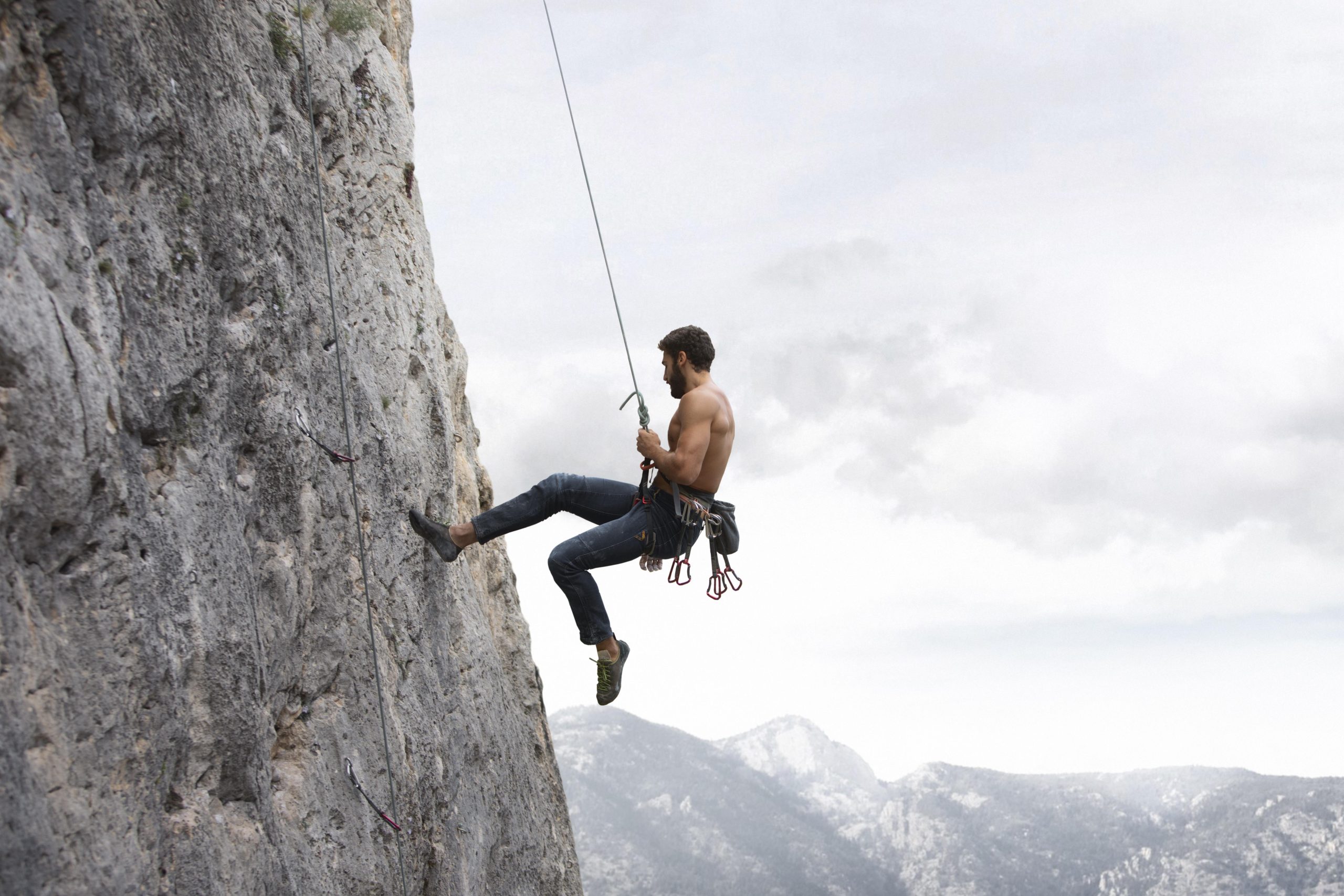
Abseiling, originating from alpine expedition retreat techniques, is frequently used in rescue operations, transportation, and military raids. It has since evolved into an extreme outdoor sport similar to rock climbing and bungee jumping.
Participants descend slowly along a rope from the top of a cliff. The right hand is placed behind the lower back to control the descent speed and landing point by adjusting the rope. During the descent, the upper body remains parallel to the rope, while the legs can push against the cliff at a 90-degree angle.
Today, abseiling has branched into categories such as cliff abseiling, tower abseiling, bridge abseiling, and canyoning.
While strict professional skills are not required, participants must overcome fear of heights and speed, and possess determination and perseverance.
Basic Techniques for Cliff Abseiling
- The right hand grips the rope behind the lower back; tightening the grip stops the descent, while relaxing the hand allows a controlled, gravity-driven descent.
- Keep the upper body upright, legs straight or slightly bent against the cliff, moving downward step by step. Avoid contact between any part of the body (except the feet) and the cliff.
Essential Abseiling Gear
Includes a safety helmet, harness, carabiner, figure-eight descender, static rope, gloves, etc.
1.Safety Helmet: A critical protective gear, as even a small falling rock during descent can pose life-threatening risks.
2.Harness: A sit-style harness with a waist belt and leg loops. Adjust for comfort and secure with a back-up knot (reverse threading) to prevent loosening during prolonged use.
3.Carabiner (aka “Big D”): Made of robust materials, it can withstand up to 30 kN static force and 10 kN dynamic force. Primarily connects the figure-eight descender to the static rope. When locking, tighten fully and then loosen half a turn to prevent jamming under load.
4.Figure 8 Descender: The most common friction device. The rope wraps around the “8” shape to control speed. Inspect for cracks; discard immediately if any damage is detected.
5.Gloves: Essential to protect hands from heat generated by friction with the figure-eight descender and rope. Keep hands away from the descender to avoid entanglement.
6.Static Rope: Unlike dynamic ropes, static ropes have near-zero elasticity and are unsuitable for absorbing impact forces. They are used for fixed routes in caving, canyoning, or abseiling. Static ropes are typically white or solid-colored, while dynamic ropes (used in climbing or mountaineering) are brightly patterned.
Safety Guidelines
- Always train at certified sites under professional guidance.
- Inspect equipment thoroughly before descent.
- Beginners must wear gloves to prevent burns.
- Participants with long hair should secure it under the helmet.
- Double-check harness buckles and knots.
- Survey the descent route in advance.
- Maintain a shoulder-width stance and synchronize speed with movement during descent.
